Ministry of Social Justice & Empowerment
NAMASTE Scheme: Ensuring Safety and Dignity of Workers engaged in cleaning of Sewer lines and Septic Tank
2,367 ULB’s attended the online training sessions on profiling process and demonstration of NAMASTE Mobile App
805 urban local bodies attended the state level NAMASTE profiling to resolve technical queries
Profiling of SSWs aims to create a national database for the identification of SSWs and to provide them a unique NAMASTE ID
Till March 6, 2024, total 28,732 SSWs surveyed and 21,760 SSWs validated in 28 States
प्रविष्टि तिथि:
07 MAR 2024 7:58PM by PIB Delhi
The National Action for Mechanized Sanitation Ecosystem or the NAMASTE Scheme is a testament to the Government’s human-centric approach where no sanitation workers have to manually engage in the hazardous task of sewer and septic tank cleaning operations. Jointly initiated by the Ministry of Social Justice and Empowerment and the Ministry of Housing and Urban Affairs, the NAMASTE scheme will be implemented by the National Safai Karamcharis Finance and Development Corporation (NSKFDC) for a period of three years from FY 2023-24 to FY 2025-26, with a budget allocation of 349.73 crores.
The scheme has a range of entitlements for Sewer and septic tank workers or the SSWs. The SSW will be profiled through a digital application and will be provided with PPE kits, access to safety devices, occupational safety training, health insurance coverage and livelihood opportunities in the sanitation sector through subsidized sanitation-related vehicles/machinery. Through proper capacity building they will be encouraged to take up their own sanitation enterprise (sanipreneur). Over a lakh SSWs will be profiled across 4800 Urban Local Bodies in India.
The components of the scheme include:
1. Profiling of SSWs in ULBs through digital tools (~ 1 lakh SSW to be identified).
2. Health Insurance of SSW under PM-JAY.
3. Occupational safety training of SSWs and Sanitation Response Units for NAMASTE.
4. Capital Subsidy up to Rs. 5.00 lakh for procurement of Sanitation Related Vehicles/ Equipment.
5. Distribution of PPE to SSWs.
6. Distribution of safety devices to Emergency Response Sanitation Unit (ERSU).
7. IEC Campaign for awareness on SSW safety and dignity.
Capacity building of ULB Nodal Officers and Surveyors on the Profiling Process and NAMASTE Mobile Application
The first component of NAMASTE is profiling of SSW that aims to create a national database for the identification of Sewer and Septic Tank Workers (SSW). A unique NAMASTE ID shall be given to all such SSWs.
In order to initiate profiling an online training on the profiling process and demonstration of NAMASTE Mobile Application has been conducted for 30 States/UTs across all five zones till 6th March, 2024. Total 2367 ULB’s attended the training. The VC training was given to participants that included the Executive Officers, Executive Engineers, Senior Public Health Inspector, and Chief Officers who have been nominated by the State government as the ULB Nodal Officer for NAMASTE and surveyors including Sanitary Inspectors, Assistant Engineers and Computer Operators to conduct the survey of SSW. Among these, 10 states/UTs conducted state level NAMASTE Profiling training to resolve technical queries. The state level training was attended by 805 urban local bodies.
Followed by the online training, a sanitation profile of the city is being collected from the ULBs through an online form which includes the data of SSWs, data of functional and existing machines, and the estimated number of camps a ULB will conduct etc. A Camp Preparatory VC is conducted further with the states to address any discrepancies in the data and further help the states with the preparedness of conducting profiling camps.
Training of Trainers on the Usage of NAMASTE Mobile Application
Training of Trainers programs were conducted in four states, including Uttar Pradesh (Physical Training), Karnataka, Andhra Pradesh and Telangana (Online Training), to ensure the officers have a clear understanding of the app and scheme in their regional language when the training happens. Uttar Pradesh and Delhi (Delhi Jal Board) have conducted physical training sessions.


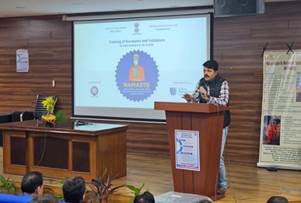
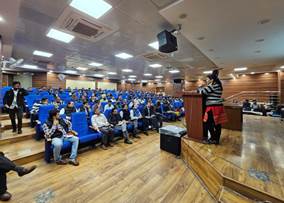
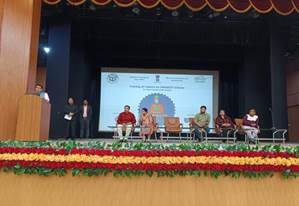
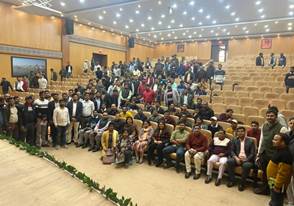
PROFILING CAMP FOR SSWs
After the successful completion of training on profiling and the usage of NAMASTE App/portal, profiling has started in 28 states along with a proper Information Education Communication (IEC) campaign that was conducted by states through usage of print, electronic and mass media. The total SSW surveyed as on 6thMarch, 2024 is 28732 and total SSW validated is 21760.
Photo Gallery
- Training of Trainers conducted at district level in Uttar Pradesh
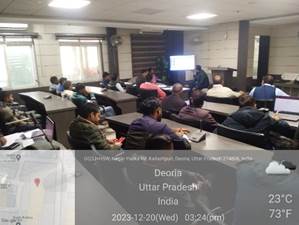
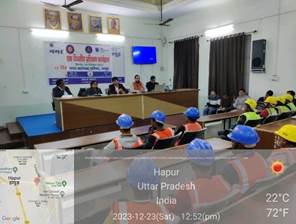
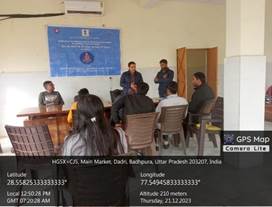
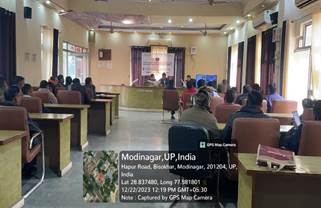
- Profiling camp conducted across India
North Zone
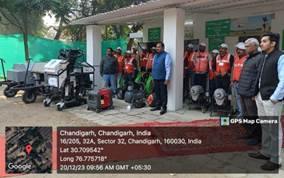
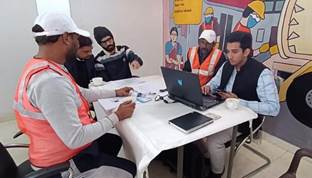

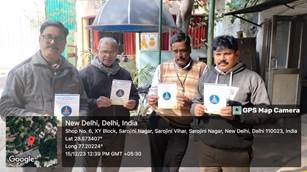
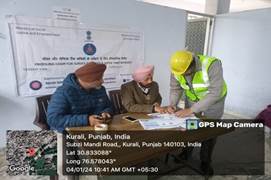
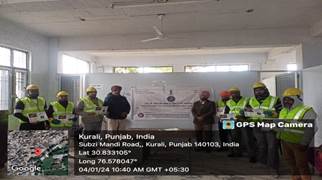
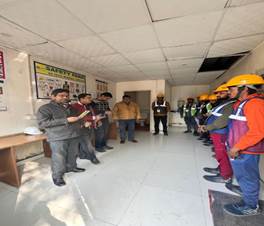
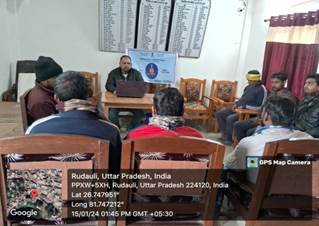
West Zone
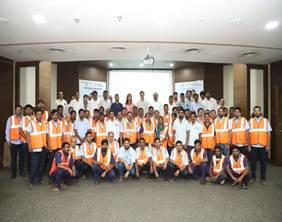
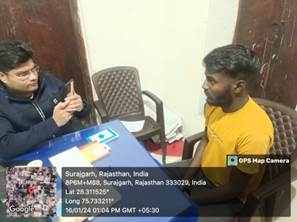
Central Zone
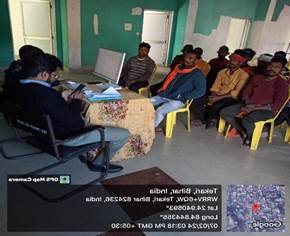
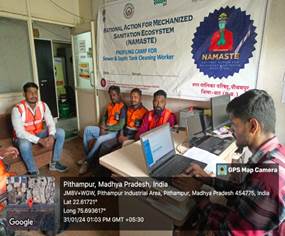
East and North East Zone
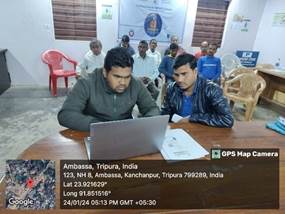
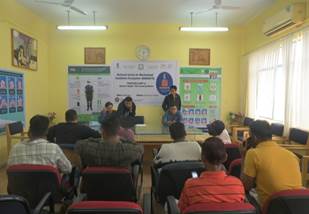
South Zone
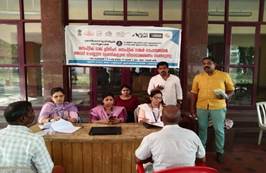
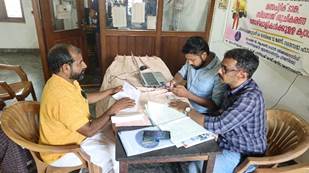
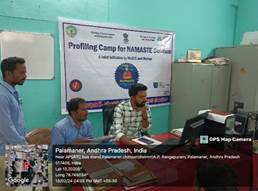
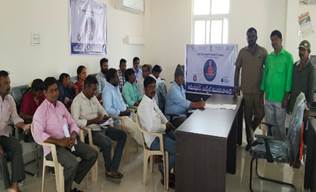
IEC Campaign across India
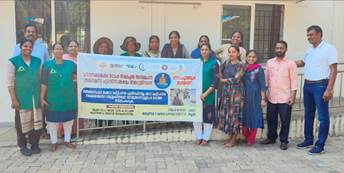
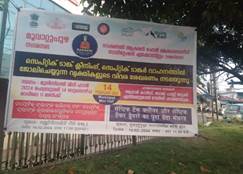
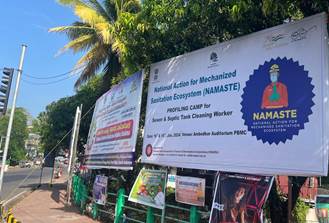
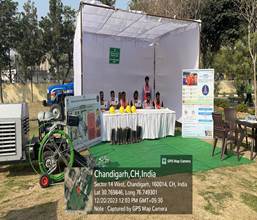
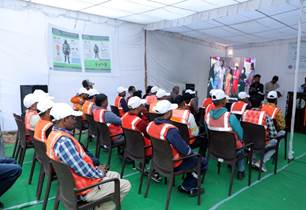

Background of NAMASTE
The success of mass sanitation drives like the Swachh Bharat Mission led to construction of over 18 crore toilets across India. This created a huge demand for skilled sanitation workers. However, sanitation workers are still marginalized irrespective of their selfless contributions. The true unsung heroes of our society, they are the backbone of the sanitation service delivery – maintaining the health and hygiene of our communities.
The intended outcomes of the NAMASTE scheme include zero fatalities in sanitation work, formalization and skilling of sanitation workers, elimination of direct contact with human faecal matter, establishment, strengthening and capacitating of Emergency Response Sanitation Units (ERSUs), and empowerment of sanitation workers through self-help groups and entrepreneurship, access to alternate livelihood options, and occupational safety training to all sewer and septic tank workers (SSWs).
****
MG/MS/SK
(रिलीज़ आईडी: 2012373)
आगंतुक पटल : 13241